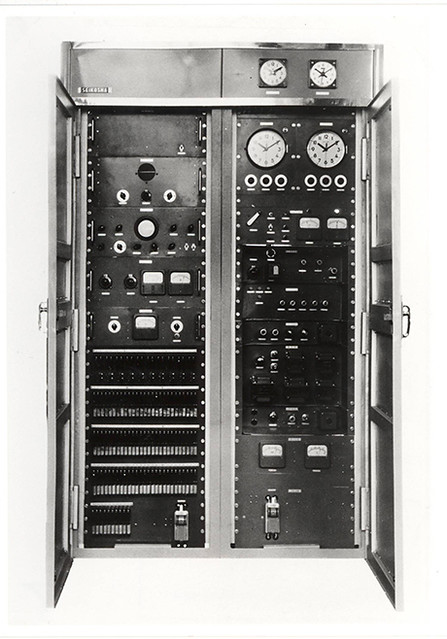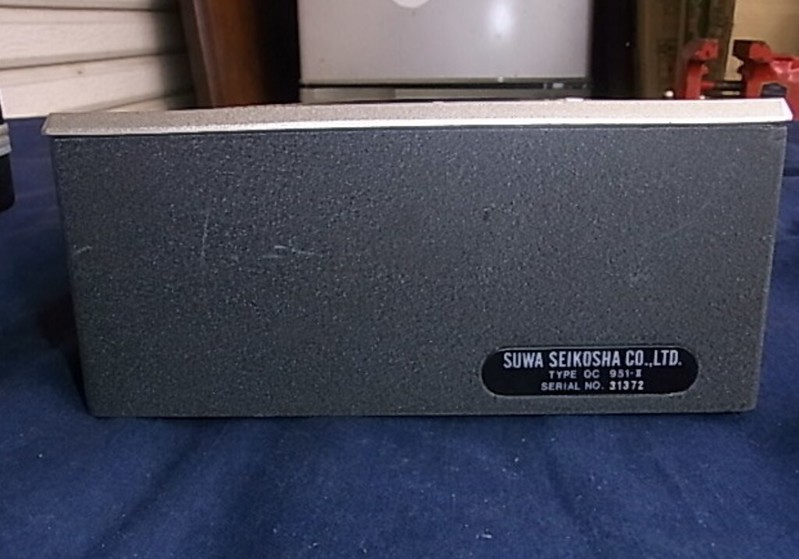Paul, I donít know you at all but I always enjoyed reading your posts. I noticed when you werenít around and this place was certainly diminished by your absence. Itís good to see that youíre back and on form. I know Iíll come back to this post as much for the entertainment value as for the quality of information provided. Welcome home.
























 Reply With Quote
Reply With Quote





 thank you.
thank you. 











